There are several reasons why people want to lighten their skin. They may want to make visible birthmarks less-noticeable or they may be self-conscious about having freckles on their body or face. Other people lighten their skin as a way of dealing with hyperpigmentation. Skin lightening agents are used to inhibit the production of melanin, the pigment which adds color to your skin.
Topical treatments include a number of options, including hydroquinone, arbutin and kojic acid, which are more well known. Let’s look at kojic acid’s effectiveness as a skin lightener and whether there are any potential side effects. Plus, you’ll learn about the importance of combining kojic acid with other ingredients.
What Is Kojic Acid?
Kojic acid is derived from a fungus. It inhibits the action of tyrosinase, an enzyme that plays an important role in the production of melanin. In studies, kojic acid has demonstrated efficacy similar to hydroquinone as a skin lightener in cases involving hyperpigmentation, freckles and age spots. One downside of kojic acid is that When exposed to air or sunlight, it can be unstable. Some cosmetic companies use a variation of kojic acid (kojic dipalmitate) that is more stable, however it’s believed to be less-effective than kojic acid in limiting the production of melanin.
Are There Side Effects with Kojic Acid?
The main side effect observed with kojic acid is skin irritation. When excessive amounts are used on the skin, it can lead to a condition known as contact dermatitis. This is a reaction the skin has when it is exposed to particular allergens (it can manifest as a red rash, blisters, or itchy skin). For this reason, kojic acid is typically used in concentrations between 1-4%. Alternatively, it can be combined with small concentrations of hydroquinone.
The Importance Of Proper Formulation
Formulations with kojic acid may also include other ingredients such as vitamin C or sunscreen. As an antioxidant, the vitamin C helps to stimulate the production of collagen fibers. Vitamin C has also been shown to aid the skin brightening process delivering a uniformity in skin tone and texture. Sunscreens help to protect the skin from UVA and UVB rays that promote melanin production. As with any skin lightening regimen, it is important to protect skin from the sun. In this case, if your kojic acid preparation does not contain a high SPF broad spectrum UVA/UVB blocker, you should consider using one such as Anthelios every day.
If you think that you might benefit from treatment with kojic acid here are two formulations to consider:
La Roche Posay Mela D Bright. Formulated with kojic acid and vitamin C to deliver superior skin brightening effect.
La Roche Posay Mela D. Formulated with kojic acid plus LHA, an exfoliating agent that assists the skin lightening process. SPF 15 with Mexoryl XL to help limit melanin production.
Both of these solutions have been clinically shown to improve skin uniformity and decrease the appearance of dark spots when used regularly.�


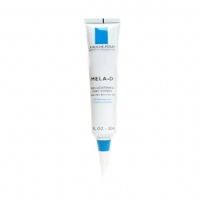
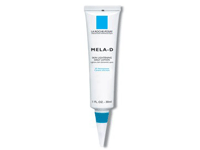
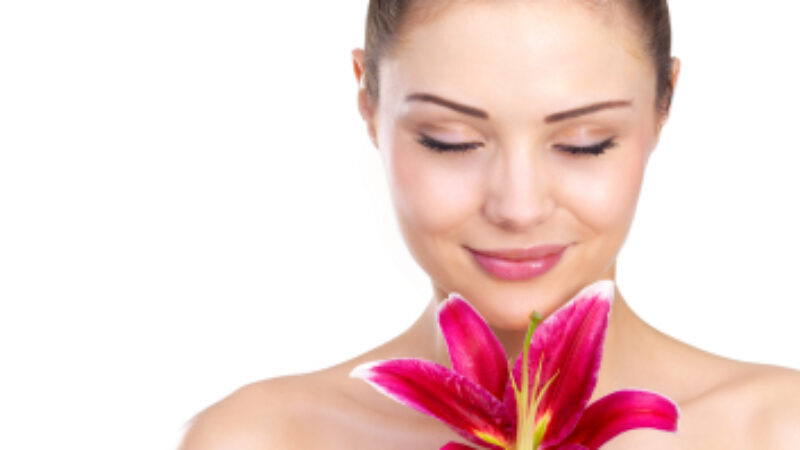
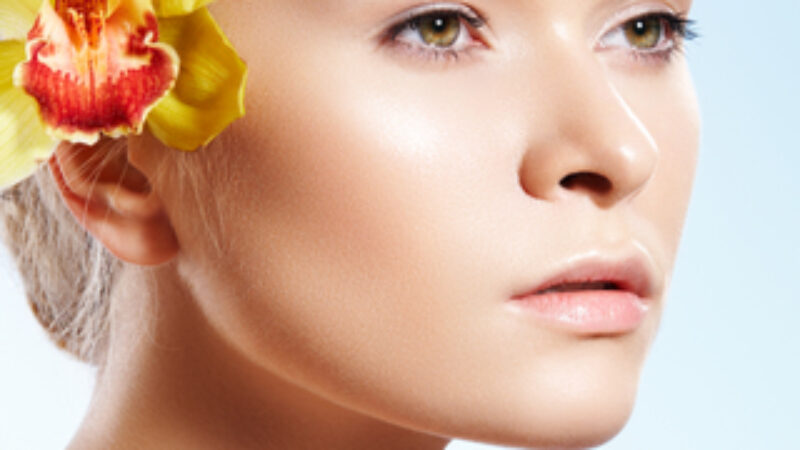
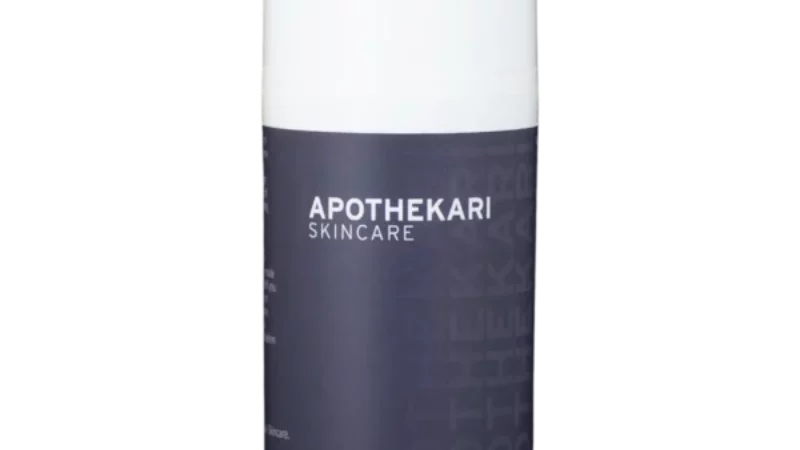
Ues, but not everthing black and white, something is gray 🙂
Miranda